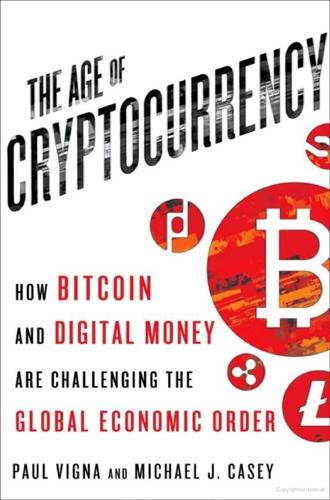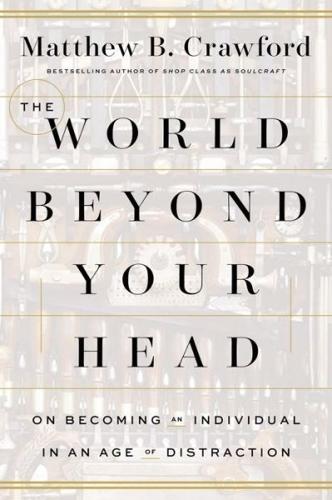
The Age of Cryptocurrency: How Bitcoin and Digital Money Are Challenging the Global Economic Order
by
Paul Vigna
and
Michael J. Casey
Published 27 Jan 2015
For Elizabeth —PV For Mum and Dad —MC Contents Title Page Copyright Notice Dedication Introduction: Digital Cash for a Digital Age 1. From Babylon to Bitcoin 2. Genesis 3. Community 4. Roller Coaster 5. Building the Blockchain 6. The Arms Race 7. Satoshi’s Mill 8. The Unbanked 9. The Everything Blockchain 10. Square Peg Meets Round Hole 11. A New New Economy Conclusion: Come What May Acknowledgments Notes Index Also by Michael J. Casey About the Authors Copyright Introduction DIGITAL CASH FOR A DIGITAL AGE Money won’t create success, the freedom to make it will. —Nelson Mandela Even though Parisa Ahmadi was in the top of her class at the all-girls Hatifi High School in Herat, Afghanistan, her family was initially against her enrolling in classes being offered by a private venture that promised to teach young girls Internet and social-media skills—and even pay them for their efforts.
…
In this evolving environment, cryptocurrencies are poised to play a highly disruptive role. It will be up to us, the citizens, voters, and economic agents of this future society, to figure out how much of a role we want this technology to take and thus which of the two cryptocurrency models ends up dominant. Eleven A NEW NEW ECONOMY Progress is a comfortable disease. —E. E. Cummings Until now, we’ve largely focused on how cryptocurrencies have developed and the benefits and challenges they pose to society. But these new forms of money and ways of organizing commercial activity are not landing in a static, dormant society, as if human beings were just waiting to be woken by a new monetary idea.
…
the Bitcoin Foundation’s chief scientist, called it “fantastic”: Kadhim Shubber, “Gavin Andresen: Rising Transaction Fees Could Price Poor out of Bitcoin,” CoinDesk, May 16, 2014, http://www.coindesk.com/gavin-andresen-rising-transaction-fees-price-poor-bitcoin/. However, the freelance journalist: Ryan Selkis, “Dark Wallets Are a Regulatory Nightmare for Bitcoin,” TwoBitIdiot blog, May 1, 2014, http://two-bit-idiot.tumblr.com/post/84454892629/dark-wallets-are-a-regulatory-nightmare-for-bitcoin. 11. A New New Economy has by many measures only got more intense since that crisis: Luke Johnson, “Elizabeth Warren: ‘Too Big to Fail Is Worse Than Before Financial Crisis,” Huffington Post, November 12, 2013, http://www.huffingtonpost.com/2013/11/12/elizabeth-warren-too-big-to-fail_n_4260871.html. the widest wealth gap since the Great Depression: Scott Neuman, “Study Says America’s Income Gap Widest Since Great Depression,” NPR, September 10, 2013, http://www.npr.org/blogs/thetwo-way/2013/09/10/221124533/study-says-americas-income-gap-widest-since-great-depression.

What's Mine Is Yours: How Collaborative Consumption Is Changing the Way We Live
by
Rachel Botsman
and
Roo Rogers
Published 2 Jan 2010
We hope this period will be regarded as the transition away from consumption for consumption’s sake, and away from the fear of what will happen to the economy when this ethos is abandoned. But in the nascent stages of this transformation, it can be hard to grasp what kind of movement it is. A revolution? A phenomenon? A new new economy? It will be exciting to see how Collaborative Consumption evolves. What unimaginable things will become shareable? What will become the “Google of exchange”? What will become the American Express of social currencies? In the space of a little more than a decade, we have seen the evolution of traditional banks to social lending marketplaces to completely new forms of peer-to-peer virtual currencies such as VEN.

The World Beyond Your Head: On Becoming an Individual in an Age of Distraction
by
Matthew B. Crawford
Published 29 Mar 2015
Design ideas can be turned into real things, and tried out, without huge financial risk. This plays to the strengths of tinkerers and inventors, those erstwhile American types who may become prominent once again. Ironically, a decades-old pipe organ shop in rural Virginia, which is caught up in a conversation with earlier centuries, may offer some guidance for the new “new economy.” TAYLOR AND BOODY Pipe organs were to the Baroque era what the Apollo moon rockets were to the 1960s: enormously complex machines that focused the gaze of a people upward. Pushing the envelope of the engineering arts, a finished organ stood as a monument of knowledge and cooperation. Installed in the spiritual center of a town, a pipe organ mimics the human voice on a more powerful scale, and summons a congregation to join their voices to it.